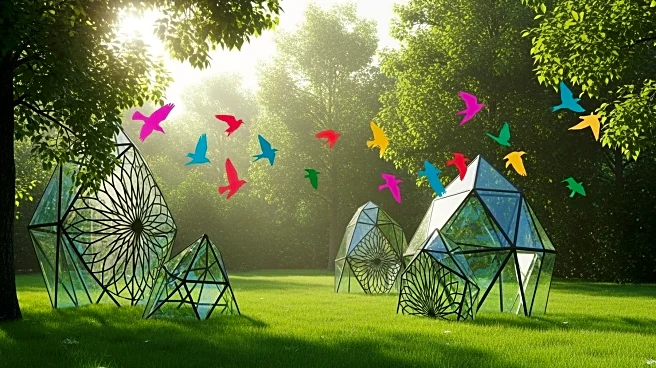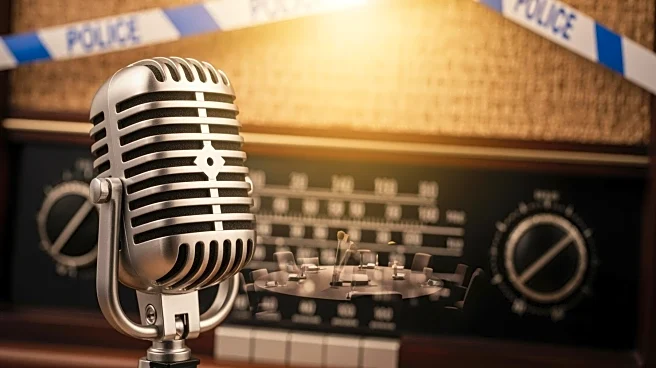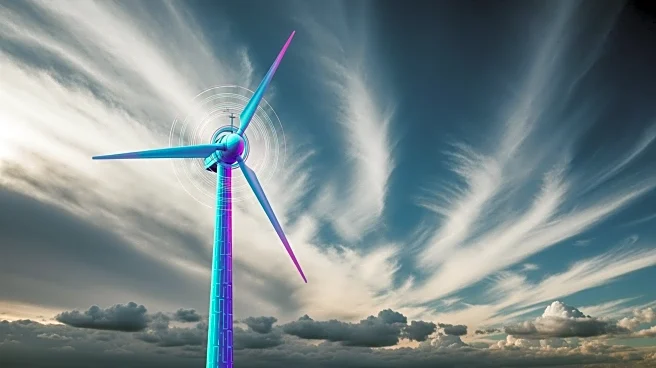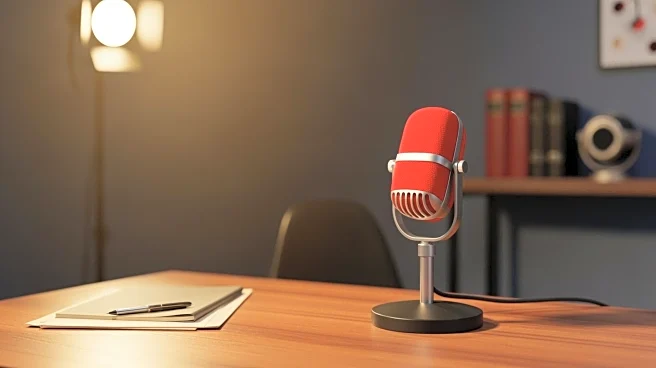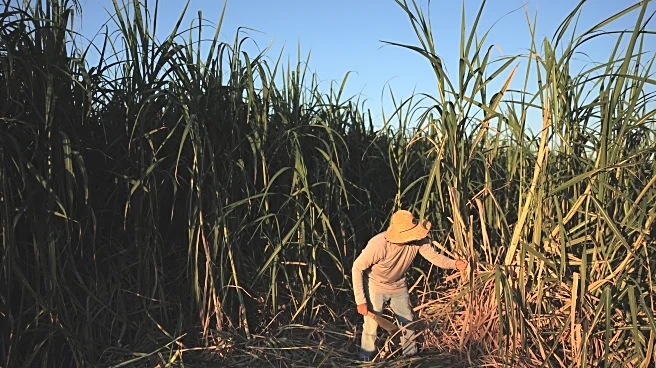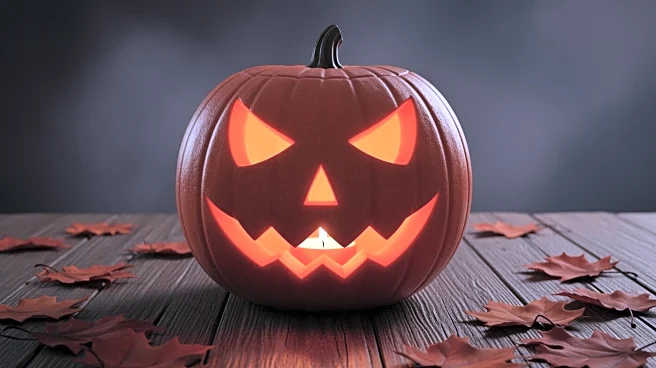What's Happening?
NPR's Short Wave podcast explores the issue of bird collisions with glass windows during migration seasons. Every year, hundreds of millions of birds migrate south for the winter, navigating by the moon and stars. However, artificial lights around buildings
attract these birds, leading them to collide with glass windows. Researchers estimate that these collisions result in the deaths of at least a billion birds annually in the U.S. The impact can cause concussions, broken bones, and other injuries, often proving fatal. NPR science correspondent Nell Greenfieldboyce highlights ongoing research and solutions to mitigate these collisions, emphasizing that even small changes can significantly reduce bird fatalities.
Why It's Important?
The issue of bird collisions with glass windows has significant ecological implications. Birds play crucial roles in ecosystems, including pollination, seed dispersal, and pest control. The loss of billions of birds annually could disrupt these ecological functions, leading to broader environmental consequences. Additionally, this issue raises awareness about the impact of urbanization and artificial structures on wildlife. Addressing bird collisions can contribute to conservation efforts and promote biodiversity. Solutions to reduce these collisions can also serve as models for integrating wildlife-friendly practices in urban planning and architecture.
What's Next?
Efforts to prevent bird collisions with glass windows are likely to continue, with researchers and conservationists advocating for changes in building designs and lighting practices. Implementing bird-friendly measures, such as using patterned glass or reducing nighttime lighting, could become more widespread. Collaboration between scientists, architects, and policymakers may lead to new regulations or guidelines to protect migratory birds. Public awareness campaigns could also play a role in encouraging individuals and businesses to adopt practices that minimize risks to birds.
Beyond the Headlines
The issue of bird collisions with glass windows highlights the ethical responsibility of humans to coexist with wildlife. It raises questions about how urban environments can be designed to minimize harm to animals. This situation also underscores the importance of citizen science and community involvement in conservation efforts, as volunteers and local groups often play a key role in monitoring and mitigating bird collisions. Long-term, addressing this issue could lead to a cultural shift towards more sustainable and wildlife-conscious urban development.
